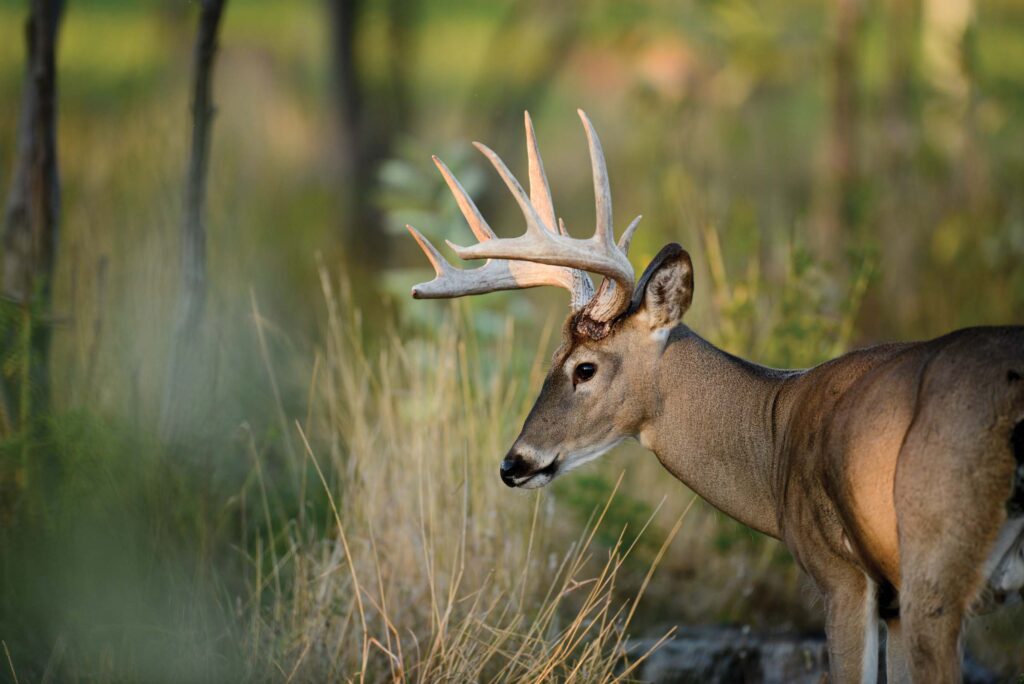Hunting has been a part of human civilization for thousands of years and has played a crucial role in providing food, clothing, and other essential resources for survival. However, hunting is also subject to limitations imposed by various factors, such as legal regulations, the availability of game species, and the skills and equipment of the hunter.
These limiting factors can significantly impact the success of a hunting expedition and may even lead to the extinction of certain game species. Therefore, it is important for hunters to understand and respect these limitations, and to engage in responsible and sustainable hunting practices to preserve the natural environment and ensure the long-term survival of game species.
What Are Limiting Factors In Hunting?
Hunting, as a practice, has been around for thousands of years and has played an important role in human survival and culture. However, over the years, hunting has also become a recreational activity for many people, which has led to a variety of challenges and limiting factors.
1. Look For Water And Food
One of the primary limiting factors in hunting is the availability of resources, specifically water, and food. When hunting, it’s essential to look for areas where animals can find water and food. This means that hunters need to be knowledgeable about the local ecosystem, including the plants and animals that thrive in the area.
They also need to be able to recognize signs of animal activity, such as tracks or droppings, in order to locate their prey.
2. Natural Balance
Another limiting factor in hunting is the natural balance of the ecosystem. Overhunting can have a significant impact on animal populations and the ecosystem as a whole. For example, if too many deer are hunted in a given area, it can disrupt the food chain and lead to a decline in other species that rely on the deer for food.
Hunters need to be mindful of this and practice responsible hunting practices to help maintain the natural balance of the ecosystem.
3. Thermoregulation Helps Animals In Staying Warm
Thermoregulation is another factor that can impact hunting success. In cold weather, animals may be more active during the middle of the day when temperatures are warmer. Conversely, in hot weather, animals may be more active during the early morning or late afternoon when temperatures are cooler. By understanding the behavior of animals in different weather conditions, hunters can increase their chances of success.
4. Human Limiting Factors
Human limiting factors can also impact hunting success. Hunters need to be physically fit and mentally prepared to endure the rigors of hunting. They also need to be skilled in the use of their equipment, including firearms or archery equipment, and be able to navigate the terrain in which they are hunting.
5. Ethical Considerations
Finally, hunters need to be mindful of ethical considerations when hunting. This means hunting only in areas where it is legal and following all laws and regulations related to hunting. It also means respecting the animals being hunted and ensuring that they are killed humanely.
Hunting requires a broad range of knowledge and skills, and there are many limiting factors that can impact a hunter’s success. By understanding the natural balance of the ecosystem, recognizing the importance of resources like water and food, and practicing responsible hunting practices, hunters can help to preserve the tradition of hunting while also protecting the environment and the animals that inhabit it.

What are the limiting factors in wildlife?
Limiting factors are environmental conditions or resources that restrict the growth, distribution, or abundance of a particular population of wildlife. These factors can include food availability, water availability, shelter or habitat, predation, disease, and competition.
For example, if a particular species relies on a specific food source and that food becomes scarce due to weather or other factors, the population may decrease. Similarly, if suitable habitat is limited, a population may be unable to expand or may even decline.
Limiting factors can be natural, such as drought or disease, or human-caused, such as habitat destruction or overhunting. Understanding limiting factors is essential for wildlife conservation efforts and can help inform management practices to ensure the long-term survival of species.
Conclusion
In conclusion, hunting is a complex activity that is influenced by various limiting factors, including legal restrictions, environmental conditions, and animal behavior. Laws and regulations exist to control the type, number, and timing of hunting, while environmental conditions, such as weather and terrain, can affect a hunter’s ability to locate and approach their target.
Animal behavior, including migration patterns, mating seasons, and feeding habits, also plays a crucial role in determining the success of a hunt. Additionally, the availability of appropriate hunting equipment and the hunter’s level of skill and experience can also limit the success of a hunting expedition. Therefore, it is important for hunters to understand and work within these limiting factors to engage in responsible and sustainable hunting practices.
FAQs
What are some examples of limiting factors?
Limiting factors are resources or environmental conditions that restrict the growth, abundance, or distribution of a population or species. Examples of limiting factors include food availability, water availability, temperature, predators, disease, and competition for resources.
What are two types of limiting factors?
Two types of limiting factors are biotic factors and abiotic factors. Biotic factors are living factors that can limit the growth of a population, such as predation, competition, and disease. Abiotic factors are non-living factors that can limit the growth of a population, such as temperature, water availability, and soil nutrients.
What is the most important limiting factor?
The most important limiting factor can vary depending on the context. In general, a limiting factor is any factor that restricts the growth, development, or success of a system or process. Examples of limiting factors can include resources, such as food or water, environmental factors like temperature or pH, or even social factors like competition or predation.

I am Sam Billings, an entrepreneur who runs a printing business. In my free time, I enjoy the thrill of the hunt and often spend hours pursuing game. I am passionate about hunting gear and equipment, and I take great pleasure in helping fellow hunters find the right gear for their needs. From rifles and scopes to clothing and accessories, I am always happy to share my knowledge and expertise.






